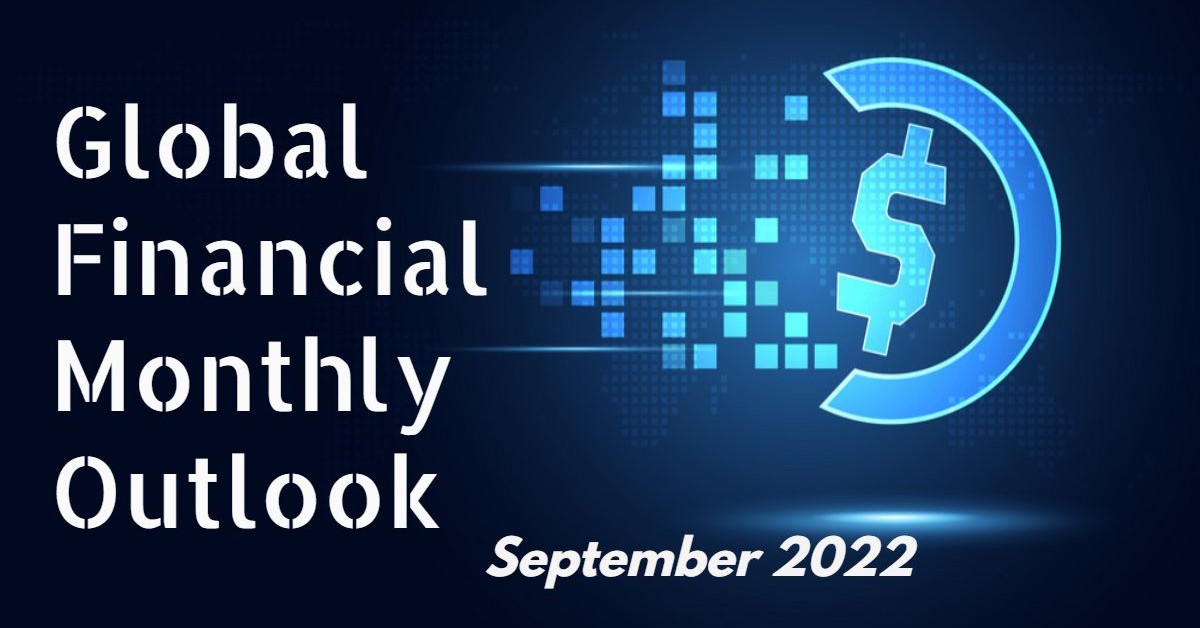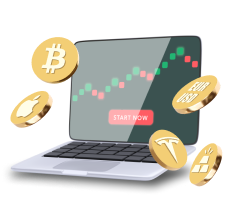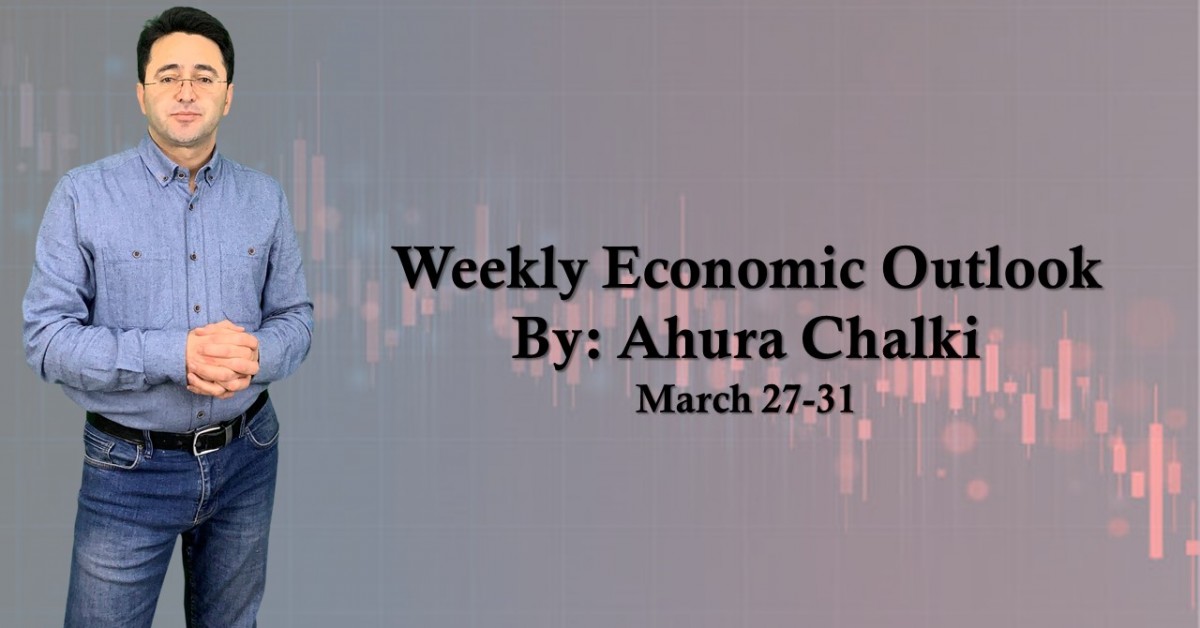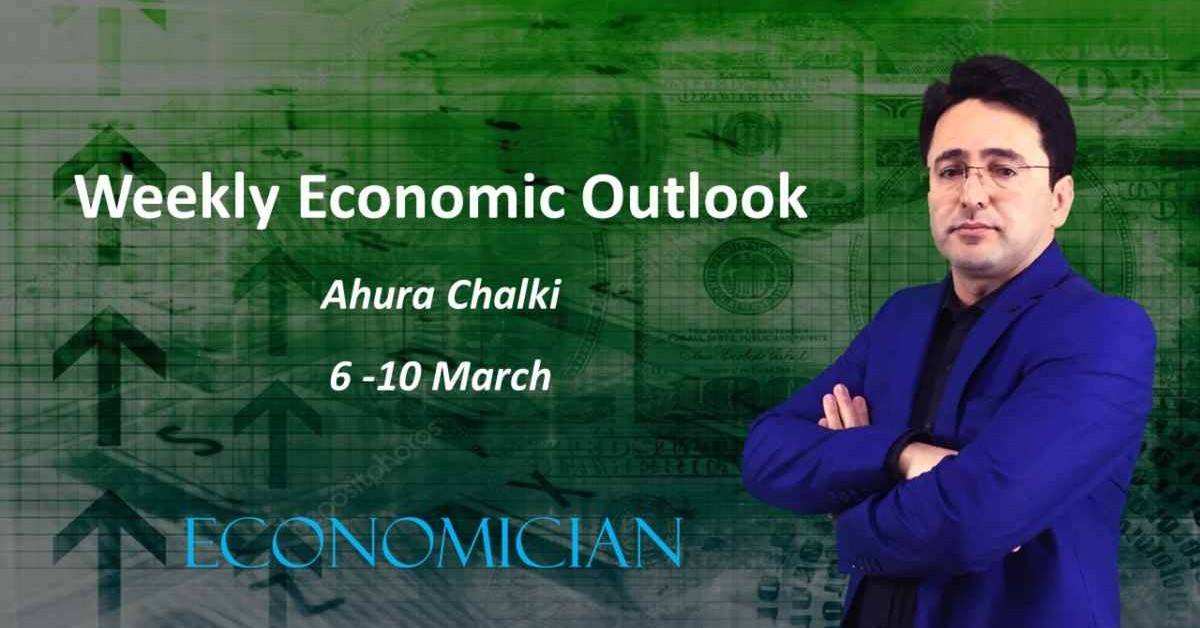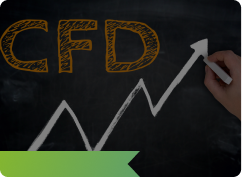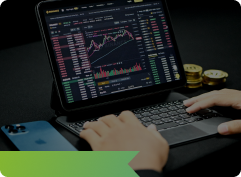The worst historical month for Bitcoin and S&P 500!
War continues in Ukraine and puts more pressure on the European economy. As was expected, after strengthening in the initial days, Euro continued to fall more, and USD printed new records against most of its crosses. By getting closer to winter, concerns over energy supply increase the risks across Europe. Inflation is still rising in most developed economies, while labor market data in the US supports the hawkish stance ahead of the FED meeting in the third week of September. In Asia, new rounds of Covid-19 lockdowns and drought were the latest concerns of financial markets. Let us review different outlooks and check our perspective and expectations for September.
U.S. Dollar
U.S. Dollar continued to rise in August and the first days of September, as the latest data shows that the U.S. labor market is improving reasonably well, while Inflation, despite some signs of soft declining still so high. With this economic condition and inflation expectations, we can expect a more hawkish stance and another 75-basis points rate rise, which means that the USD can hold its higher rates so far. Considering Inflation in Europe, and the U.K., even if it is somehow softening in the U.S., it will not have much room to go lower. Labor market data on September 2 showed that the US labor market, with more than 300K expected new hiring, performed better than expected. Now, ahead of the FED meeting on September 21, Inflation data on Tuesday 13 will be very important to watch. Besides inflation numbers and FOMC meeting, we have to watch ISM None manufacturing numbers (6th), Trade data, Beige Book (7th), PPI (14th), Retail sales and Industrial production (15th), and Housing data on September 20.
EUR
Euro lost more than 2% against U.S. Dollar in August. The coming months will be very important in the fate of Europe because energy consumption can cause two or even more factions among the members and question the nature of its unity. Geopolitical risks with the risk of lower economic growth are important factors that will not give us much hope for the future of the Euro in the short term. It is expected that ECB to increase the rates by 75 basis points in its meeting on September 8, but it will not be enough to reverse the EUR/USD trend. It is expected that the energy crisis will deepen from the autumn (October/November), which could plunge the eurozone into recession, especially with the ECB`s hawkish policies, which alone can cause a recession even. Other than the ECB meeting, we have to watch Eurozone GDP (7th), Euro Summit (9th), ZEW Economic Sentiment (13th), Wages in the eurozone (15th), Inflation numbers (16th), Manufacturing data (23rd), and German Ifo Business Climate Index on September 26 to have a better understanding of Euro behaviors.
Pound
The uncertain situation before the election and rampant Inflation in line with weaker-than-expected economic growth were the main market driver for the British Pound in August and the first days of September. On September 5, Mrs. Liz Truss, a former foreign secretary in Boris Johnson`s cabinet, was elected prime minister. The latest inflation forecast by the Bank of England shows more than 13% by year-end. However, some private banks forecast 17% inflation by the end of 2022 and the first months of 2023. Bank of England will hold its interest rate decision and monetary policy meeting on September 15. Central Bank in the UK raised borrowing costs by 50 basis points (bps) in August, which was the most in 27 years, as Inflation was at a 40-year high of 10.1%. The latest data show that economic activities in the U.K. have been decreasing, which is clearly seen in August PMIs. For September, we do not see much difference in the overall downward Pound, while Mrs. Truss`s economic policies also were not welcomed much among investors. The main market drivers for Sterling will be Housing data (7th), Industrial and Manufacturing production (12th), Labor market data (13th), Inflation (14th), BoE interest rate decision (15th), and Retail Sales on September 16.
Yen
Identical to Euro and Pound, the Japanese Yen also had a weak performance against the dollar. While this weakness is primarily because of BoJ`s policies, there are some talks that above 140 will possibly be an area for intervening in the currency by the Japanese central bank. While other significant economies tighten policies and increase the rates, BoJ still holds its ultra-dovish policies and lower rates. As such, with rate differentials between the Yen and other major currencies, the Yen has thus found little support. For September, while we are waiting for another 75-basis points rate hike in the U.S. and holding policies in Japan, seeing a weaker yen is more likely, incredibly, as long as U.S. 10-year bond Yields are increasing sharply.
Gold
For the fifth month in a row, Gold closed lower in August. It is Gold`s worst performance in four years, while we should not forget that it is also the highest US dollar price in more than 20 years. While just a few weeks ago, it was trading above 1,800 USD, Gold tested under $1,700 as well in August. Since all economic data in the recent weeks are looked at as how they can affect the FED decisions, we can say that FED is the primary yellow metal driver as it has been done in recent months.
Currently, investors are expecting another sizeable interest rate hike, which means a stronger US Dollar and more pressure on other assets, including gold prices. On the other hand, more tightening policies mean more pressure on stock markets, which can increase the safe-haven demands. In the current situation, the gold market can hold its side movements with an uptrend tendency in the bigger picture.
WTI
OPEC+ meeting in the first days of September with 100K barrels decreasing decision did not change the market sentiment. However, it showed that they follow market demand and supply more closely. Oil market drivers in September will be the US dollar rate, Geopolitical tensions, and global economic growth. On the US dollar front, it is expected to grow or at least hold its current levels, which is negative for the Oil prices. Global economic growth also seems under pressure, and it cannot help the energy demand, especially with recent news about drought and the new round of lockdowns in China and their effects on China`s production sector. Considering these conditions, September can be a tough month for Oil prices; however, it cannot be that bearish and even increase in the second half of the month, but bulls also will not have more room to raise. EIA Short-Term Energy Outlook (7th), OPEC Monthly Report (13th), and US weekly inventory reports will be essential for energy sector traders and investors to follow in September.
Cryptocurrencies
Welcome to historically the worst month for Bitcoin. Bitcoin lost 8.5% of its price on average in September over the last five years. There are several risks in the cryptocurrency market in September. While signs like Ethereum 2.0 network upgrade or encouragement to buy in deep advertisements can violate this trend, we still have other risks that can pressure the cryptocurrency market.
First of all, the Ethereum merge can be an exactly double-edged sword. The long-awaited Ethereum 2.0 network upgrade, known as the Merge, which is based on a proof-of-stake system, could be a bullish catalyst for the market if it works and vice-versa. On the other hand, concerns about Inflation and rising interest rates pressured risk assets, including the cryptocurrency market. These pressures together decreased Bitcoin prices by more than 14% in August, and it is continuing to lose more than 60% in 2022. With the hawkish expected tone from the FED meeting on September 21, we can count on more bears than bulls.
Wall Street
August was tricky for many investors. On the first days of August, stock markets started to increase, including a 5.2% growth of SP500, but in the end, SP500 closed with a 4.2% loss. The main reason for this price action is uncertainty about the U.S. economy. While there are some signs that recession fears have died down somewhat since July, there are other concerns like higher Inflation that can cause more tightening policies by major central banks, Recession in Europe, the Continuing war in Ukraine, and increasing tensions between China and United States over Taiwan and so on! These concerns can limit the bulls, even if the FED decisions would not be hawkish as much as it is expected. In the last days of October, in the Jackson Hole symposium, Mr. Powell mentioned that the Fed would not change its policy until policymakers were confident that Inflation was contained, even if it caused pain for the U.S. economy. In September and until the FOMC meeting, we will mostly have a wandering market with no clear direction but mostly under pressure. Moreover, last week`s movements in September directly depend on the market reaction to the FED statement and Mr. Powell`s press conference. A hawkish stance means a more bearish market and vice-versa.
